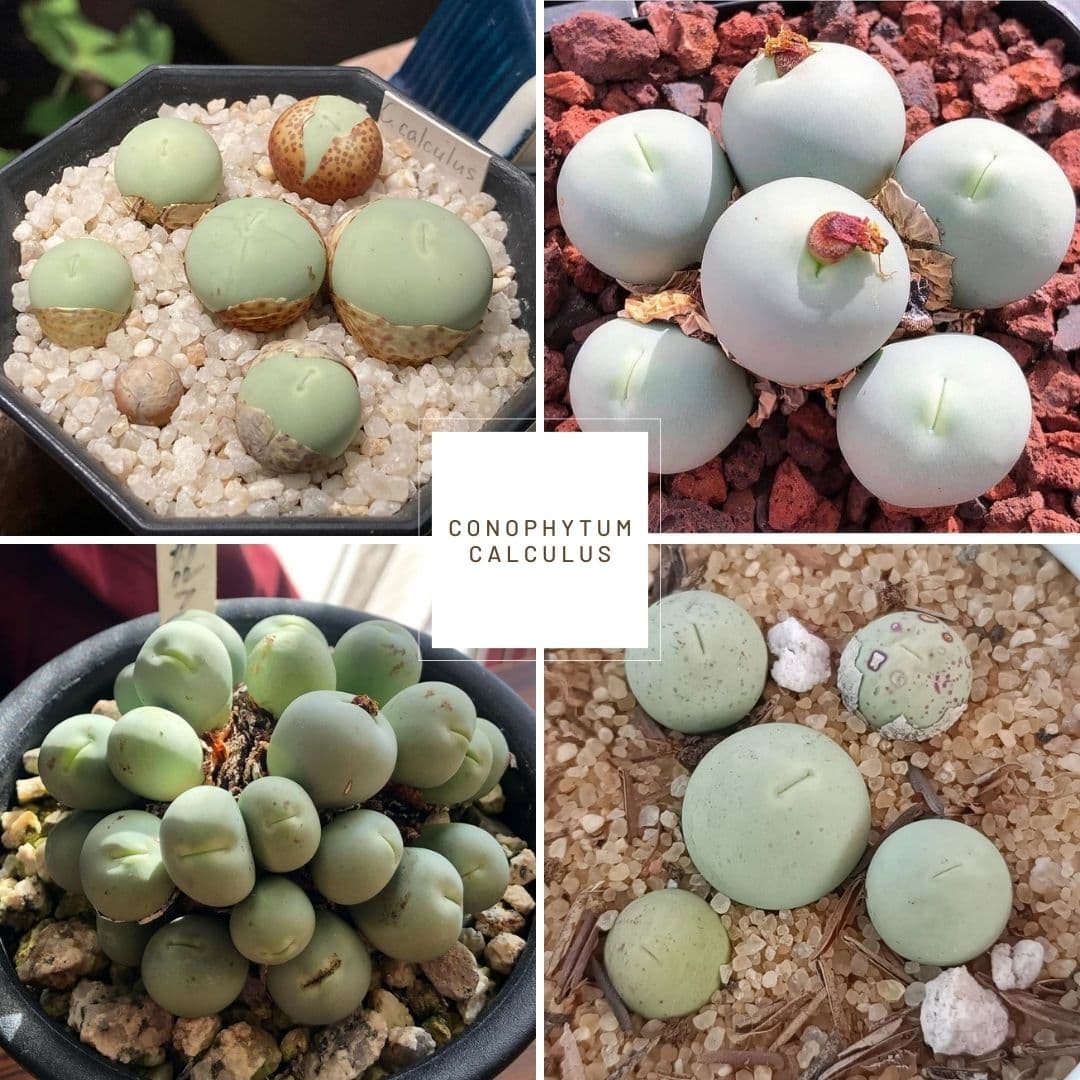Kalahari Cactus 'Hoodia gordonii'
Posted by Grace on December 5, 2024
 Hoodia gordonii on rock.
Hoodia gordonii on rock.
Hoodia Gordonii is a succulent plant native to the Kalahari Desert of southern Africa. For centuries, indigenous San people have used this remarkable plant as a natural appetite suppressant during long hunting expeditions. The plant's ability to suppress hunger and thirst has made it a subject of interest in modern weight management research.
Quick Facts
- Native Habitat: Botswana, South Africa and Namibia
- Family: Apocynaceae
- Water: Low
- Sunlight: Full sun
- Soil: Well-draining cactus mix
Contents
- Why it is called Hoodia Gordonii?
- The Appearance of Hoodia Gordonii
- How to Care for Hoodia Gordonii
- Is Hoodia Gordonii Toxic to Pets?
- How to Propagate Hoodia Gordonii
- Where Can I Buy Hoodia Gordonii?
- FAQ
Why it is called Hoodia Gordonii?
Hoodia Gordonii is named after the San people of South Africa, who have used the plant for centuries for its appetite-suppressing properties.
The Appearance of Hoodia Gordonii
Leaves
Hoodia Gordonii has thick, fleshy leaves that are typically green to grey-green in color.
Flowers
 Hoodia gordonii in bloom.
Hoodia gordonii in bloom.
The flowers are star-shaped and can be purple or brown, often resembling a corpse flower.
 Hoodia gordonii is such a striking plant, even before it blooms—the OG Ozempic. (Just kidding! Please don’t eat my hoodias. Even though Google seems fixated on its hunger-quelling reputation, it’s best enjoyed for its beauty and fragrant flowers.)
Hoodia gordonii is such a striking plant, even before it blooms—the OG Ozempic. (Just kidding! Please don’t eat my hoodias. Even though Google seems fixated on its hunger-quelling reputation, it’s best enjoyed for its beauty and fragrant flowers.)
How to Care for Hoodia Gordonii
Light
Hoodia requires full sunlight for optimal growth.
Watering
Hoodia can survive with minimal water but still requires some for healthy growth. Underwatering can lead to wilting and brown spots, while overwatering can cause root rot. Many people mistakenly overwater their plants, thinking they are not providing enough moisture. To maintain a healthy plant, water only when the soil is completely dry, soaking the soil thoroughly and allowing it to dry out again before the next watering.
Soil
Choosing the right soil for your Namib desert plant is essential—think of it like finding the perfect outfit for a special occasion! To ensure your plant thrives, use a specialized succulent potting mix. It’s crafted with five natural substrates and organic mycorrhizae to support strong root development and healthy growth.
Temperature
Ideal temperatures range from 70°F to 100°F (21°C to 38°C).
Humidity
Hoodia prefers low humidity environments.
Fertilizing
When fertilizing hoodia, less is more. Over-fertilizing can make the plant leggy and weak. A small dose of NPK fertilizer in spring, around 5-10-5 with more phosphorus than nitrogen, is perfect for supporting healthy growth. Opt for a natural fertilizer for the best results.
Pruning
Prune dead or damaged leaves to promote healthy growth.
Repotting
Repot every few years or when the plant outgrows its container.
Dormancy
Hoodia goes dormant in the winter; reduce watering during this time.
Pests and Diseases
Watch for mealybugs and root rot; treat promptly if detected.
Is Hoodia Gordonii Toxic to Pets?
Hoodia Gordonii is considered non-toxic to pets.
How to Propagate Hoodia Gordonii
Propagation is typically done through cuttings or seeds.
Where Can I Buy Hoodia Gordonii?
Hoodia can be purchased at specialty plant nurseries or online.
FAQ
-
Q: How often should I water Hoodia Gordonii?
- A: Water only when the soil is completely dry.
-
Q: How do you use Hoodia Gordonii?
- A: Hoodia is typically used as a supplement in capsule or tablet form, to suppress appetite.






